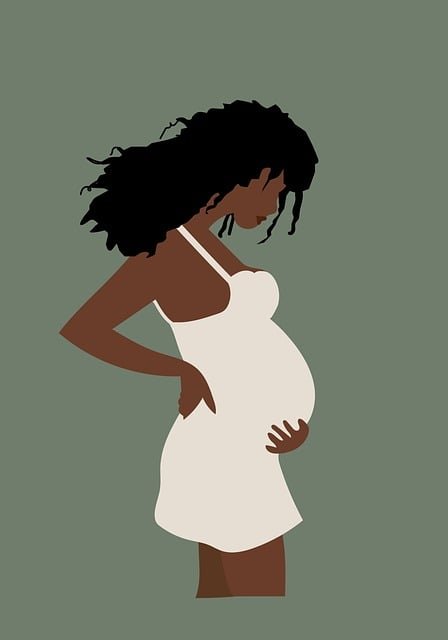is is not medical advice. Please consult a physician about any of your pregnancy questions and concerns.

Pregnancy lasts for around 9 months, and is quite the trip! From conception to childbirth, a woman’s body undergoes so many changes as the baby grows.
Understanding the different stages of pregnancy can help expectant parents prepare for the physical, emotional, and psychological changes that lie ahead.
In this comprehensive guide, we’ll explore the three primary stages of pregnancy: the 1st, 2nd, and 3rd trimester.
First Trimester (Weeks 1-12):
The first trimester marks the beginning of pregnancy and is often characterized by a whirlwind of emotions and physical changes. Key milestones during this stage include:
Conception: Pregnancy begins with conception, when a sperm fertilizes an egg in the fallopian tube, forming a single cell known as a zygote.
Implantation: The zygote travels down the fallopian tube and implants itself into the lining of the uterus, where it begins to develop into an embryo.
Embryonic Development: During the first few weeks of pregnancy, the embryo undergoes rapid growth and development. Major organs and body systems begin to form, including the heart, brain, spinal cord, and limbs.
Early Pregnancy Symptoms: Many women experience common symptoms such as morning sickness, fatigue, breast tenderness, and frequent urination during the first trimester.
First Prenatal Visit: Expectant mothers typically schedule their first prenatal visit with a healthcare provider during the first trimester to confirm pregnancy, assess overall health, and establish a prenatal care plan.
Second Trimester (Weeks 13-26):
The second trimester is often referred to as the “honeymoon phase” of pregnancy, as many women experience a decrease in early pregnancy symptoms and an increase in energy levels. Key highlights of this stage include:
Fetal Development: By the end of the first trimester, the embryo has developed into a fetus, with recognizable features and functioning organs. During the second trimester, the fetus undergoes significant growth and refinement, with the development of unique fingerprints, facial expressions, and movements.
Visible Signs of Pregnancy: As the uterus expands to accommodate the growing fetus, many women begin to show visible signs of pregnancy, such as a rounded belly and noticeable weight gain.
Quickening: Around the halfway point of pregnancy, typically between weeks 16 and 20, women may begin to feel fetal movements for the first time, a phenomenon known as quickening.
Prenatal Screening Tests: During the second trimester, healthcare providers may offer prenatal screening tests, such as ultrasound scans and blood tests, to assess fetal development and screen for genetic conditions or birth defects.
Preparing for Birth: Expectant parents may use the second trimester to attend childbirth education classes, create a birth plan, and make preparations for the arrival of their baby, including setting up a nursery and purchasing essential baby items.
Third Trimester (Weeks 27-Birth):
The third trimester brings the final stretch of pregnancy, as expectant mothers prepare for the impending arrival of their baby. Key features of this stage include:
Growth and Development: During the third trimester, the fetus continues to grow and mature rapidly, gaining weight and developing vital organs and systems, such as the lungs and brain.
Physical Changes: Many women experience a variety of physical changes during the third trimester, including increased discomfort due to the size and weight of the uterus, swelling of the feet and ankles, and difficulty sleeping due to frequent urination and discomfort.
Braxton Hicks Contractions: As the body prepares for labor, women may experience Braxton Hicks contractions, which are often irregular and less intense than true labor contractions but serve as practice contractions for the uterus.
Prenatal Visits and Monitoring: In the final weeks of pregnancy, expectant mothers typically have more frequent prenatal visits with their healthcare provider to monitor fetal growth and well-being, assess maternal health, and discuss birth preferences and plans.
Final Preparations: Expectant parents use the third trimester to finalize preparations for childbirth, including packing a hospital bag, arranging transportation to the birthing center or hospital, and confirming childcare arrangements for older siblings.
Conclusion:
Each stage of pregnancy brings its own set of joys, challenges, and milestones as expectant parents prepare to welcome a new life into the world. By understanding the different stages of pregnancy and the changes that occur during each trimester, women and their partners can better navigate this miraculous journey with confidence and preparation. From the excitement of seeing the first ultrasound to the anticipation of holding their newborn baby, the stages of pregnancy are a testament to the beauty and resilience of the human body.
